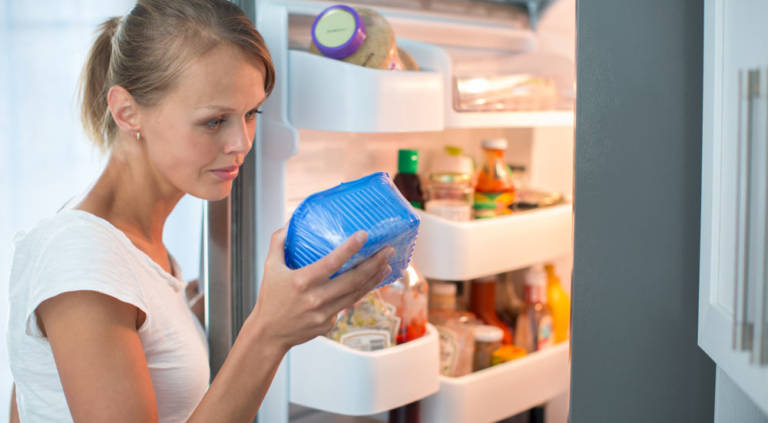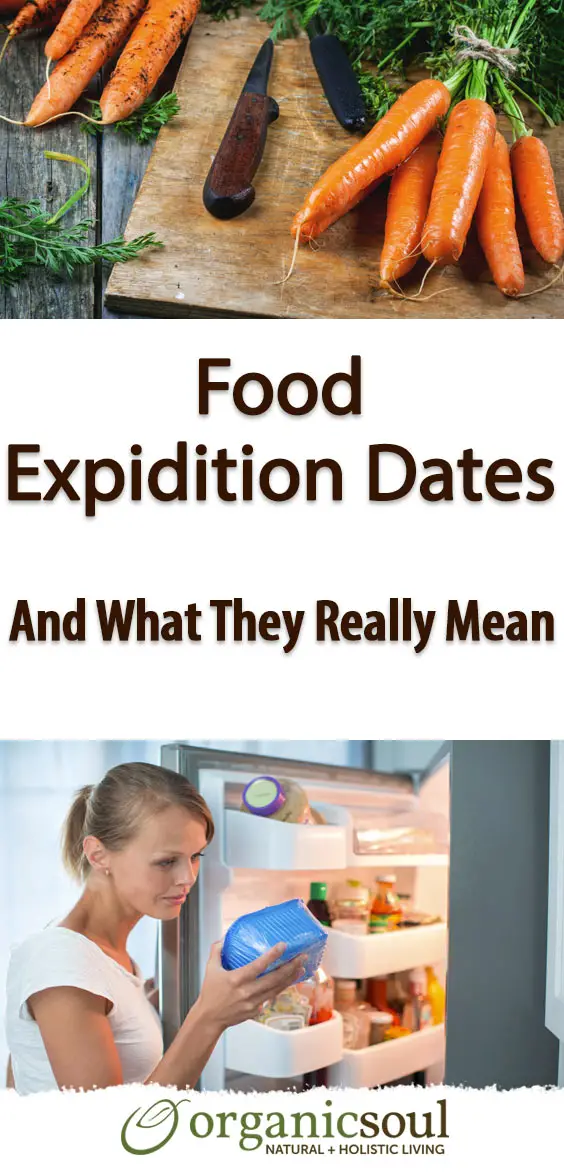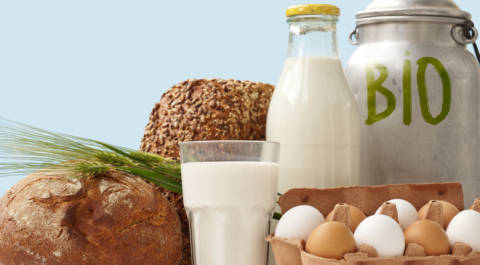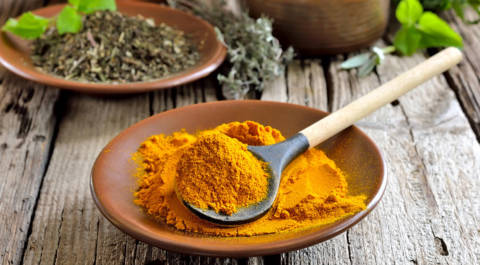
We are all familiar with food expiration dates, the labeling system that tells you whether food is still fresh and edible. But expiration dates are not as clear-cut as they might first seem, and not knowing all the facts might result in perfectly good food being thrown away.
Like Organic Soul on Facebook
One of the things that causes the most misconceptions is the terminology, as many people mistake “best before” or “sell by” dates as expiration dates. In fact, even after the actual expiry date of food, the product could still be perfectly edible.
So, before throwing away all those foods you forgot about in the back of the fridge, take a look at some of the information about expiration dates. It could save you a lot of money in the long run and cut back on wrongful food disposal.
Common Terms And What They Really Mean
The term, “expiration date” is the one that people most commonly associate with spoilage, but it doesn’t mean the same as “best by” or “use by” as many people think. The problem is that label dating tends to vary from state to state, with some states actually having no guidelines at all except for the federally regulated use-by date of instant formula.
Here are just a few of the common terms associated with food packaging and what they really mean in terms of health and safety.
“Best Used Before” Or “By Date”
The term, “Best used before” or “Best used by” is a label that does not actually refer to the safety of food, but the quality instead. It simply means that the food will have the best quality or flavor before the indicated date.
“Sell By Date”
The “sell by” date is a guideline for retailers to know how long they can display the product on their shelves. Once again, it is not an indication of whether the product is on the verge of spoiling, but instead has to do with the consistency, taste and freshness of the item. This means that the product will still be edible for a period of time after the sell by date.
“Use By Date”
The “Use By” date once again refers to the last recommended date by which the product will still be at peak quality and is typically determined by the product manufacturer. After the “Use By” date the quality or flavor of the product will start deteriorating, but it will usually still be edible.
There are a couple of other less common terms also found on some products, such as the “Born on” date used for beer and “Guaranteed Fresh” date often used for baked goods.
In both cases, these terms refer to the freshness and quality of the products and have nothing to do with safety issues, such as food-borne illness or food poisoning. Bear in mind that these labels mean nothing if the food isn’t stored properly.
The Dates That Actually Matter
Since the actual labels on food are not an accurate indicator of when the products will no longer be safe to consume you need to pay more attention to when the food was opened or bought.
Here are some guidelines for some of the most commonly purchased food items.
Chocolate
The lifespan of chocolate depends on the variety. For example, milk chocolate can last for up to four months past the printed date without losing any flavor when stored in a pantry. When placed in a fridge, this can be increased to six months. Dark chocolate on the other hand can last for up to two years, even at room temperature.
Dry Pasta
Amazingly enough, pasta can last for up to two years after it's printed date if stored in a dry, cool place. The only downside will be that it might lose some of its flavor in the process.
Peanut Butter
If you keep your organic peanut butter unopened in the pantry it can last for a good two to three months past the printed date. However, keep that same unopened organic peanut butter in the fridge and it can last between three and six months longer. In fact, it is always a good idea to keep the peanut butter refrigerated after it has been opened.
Milk
Cow’s milk can usually be safely consumed for up to a week past the printed date. A sour smell or off-white color will clue you in if it has gone bad. In contrast, almond milk can last for up to three weeks after being opened if kept in a fridge.
Eggs
Eggs that are kept in the refrigerator can easily last between three and five weeks. When eggs are frozen, this can be extended to up to a year.
For eggs that can last on the counter for up to three weeks, opt for the organic, unwashed variety as they still have a natural protective layer. Eggs that have undergone a chemical washing process lose this layer, causing them to spoil sooner.
Raw Chicken
Chicken can last up to two days when stored in the refrigerator. However, when it is still raw you can place the chicken in the freezer where it can be safely stored for up to nine months without spoiling.
Fish
Raw fish can last between one and two days after the printed date in the fridge, while in the freezer this can be extended to nine months. You can expect up to six days for cooked fish in the fridge and about nine months for the freezer.
Canned Goods
Keep canned foods in a dark, dry place, and the highly acidic variety, such as tomato sauce, can keep for up to a year and a half if not longer. Canned green beans and other low-acid foods fares even better and can last for up to five years without posing any risk.
However, stay away from leaking, dented or bulging cans.
Bacon
 When unopened, bacon can be kept in the refrigerator for up to two weeks after the purchase. Once opened, the bacon can last for up to seven days in the refrigerator.
When unopened, bacon can be kept in the refrigerator for up to two weeks after the purchase. Once opened, the bacon can last for up to seven days in the refrigerator.
Safety Tips For Food
When buying food that is perishable, refrigerate the food as soon as you get home. If you are not able to use the food within a few days of purchasing it, it is better to freeze the items to increase their longevity.
Don’t leave perishables or pre-cooked foods out on the counter for too long.
Ensure that your fridge is set to 40 degrees Fahrenheit or below while the freezer is at zero degrees Fahrenheit. When it comes to judging whether food is spoiled or still edible it is best to use common sense. Any food that starts to taste or even smell bad is not worth the health risk.













